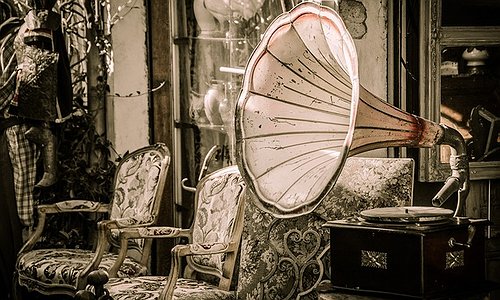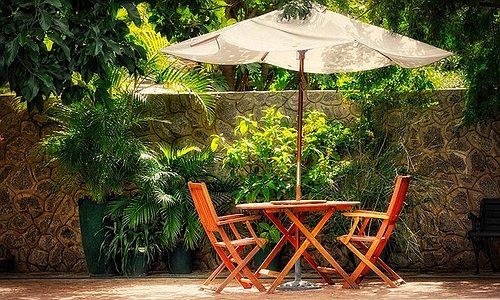Karoo tracks and tales for the true rail fan

If you’re travelling through the Karoo with an eye for history, follow this self-drive itinerary that takes in four of the region’s most fascinating railway sites, complete with ghost stories, locomotive graveyards, and time-frozen stations.
Stop 1: De Aar, the steam giant’s skeleton
What to see:
Once the second busiest railway junction in the Southern Hemisphere, De Aar was the beating heart of the national rail network. Though today it’s quieter, remnants of its industrial legacy remain: old turntables, signal towers, rusting sidings, and rail worker quarters.
Why it matters:
This was where north-south met east-west. Steam engines came to be refuelled, repaired, and rerouted. During the Anglo-Boer War, it was a strategic stronghold for British troop movement.
Travel Tip:
Drive through the rail yard area just outside the town centre. You may need to ask a local where to find the old sheds as they’re not signposted, but worth the hunt.
Stop 2: Matjiesfontein, a living museum
What to see:
Pull into Matjiesfontein and step into the 1890s. The original Victorian railway station remains immaculately preserved, complete with a red post box, vintage luggage trolleys, and the Lord Milner Hotel, which looks like something out of an Agatha Christie novel.
Why it matters:
Matjiesfontein was built as a health retreat and flourished as a railway resort. It also served as a British command centre during the Anglo-Boer War. Today, it’s one of South Africa’s best-preserved railway heritage sites.
Travel Tip:
Hop on the old London bus parked outside the hotel. It does a quirky five-minute “tour” narrated by a local character. Don't miss the Marie Rawdon Museum, which contains rail memorabilia, war relics, and oddities.
Stop 3: Locomotive Graveyards
What to see:
Across the Karoo—particularly near small towns like Hutchinson, Beaufort West, and Touws River—you may stumble upon locomotive graveyards: rusting engines, carriages overtaken by scrub, and sidings reclaimed by time.
Why it matters:
These sites are unofficial, uncurated, and all the more atmospheric for it. They reflect a time when the Karoo was stitched together by track and timetable.
Travel Tip:
Bring a camera and sturdy shoes. These sites are often off-road or on private land, so ask before wandering too far. If you're exploring near Beaufort West, ask about the disused sidings on the outskirts of town.
Stop 4: Ghosts on the rails in the haunted Karoo
What to explore:
The Karoo’s silence is fertile ground for folklore, and several towns boast railway ghost stories. In Matjiesfontein, staff at the Lord Milner Hotel whisper of haunted rooms and ghostly guests who never checked out. In De Aar, old timers talk of shadowy figures near the switching yard long after the last train has gone.
Why it matters:
The railway age was one of migration, war, disease, and upheaval—perfect conditions for stories of lingering spirits. Whether you believe them or not, they add another layer to the Karoo’s mystery.
Travel Tip:
Ask around. Locals often have their own versions of the ghost stories, and they’re better than anything you’ll find online. And if you’re staying the night, maybe leave the hallway light on.
Make it a journey
These sites can be visited individually or as a loop from Cape Town to De Aar via Matjiesfontein, and looping back through Beaufort West. It’s best done by car over 3–5 days, with plenty of stops in between to appreciate the Karoo’s landscapes, padstalle (farm stalls), and stillness.




